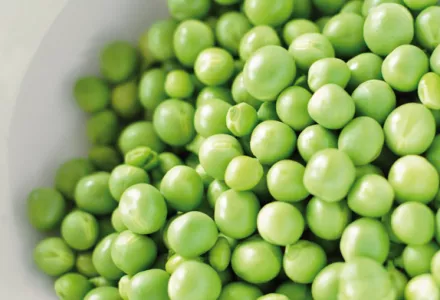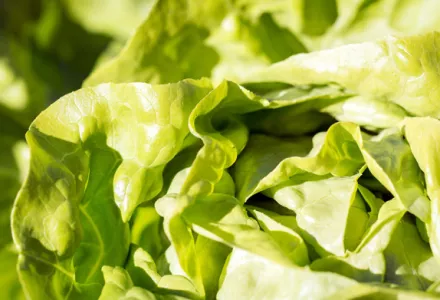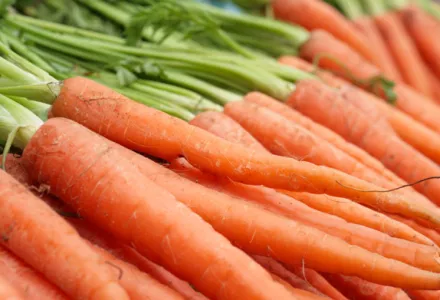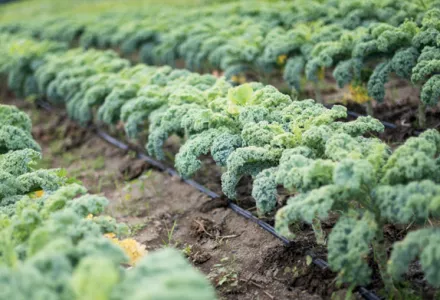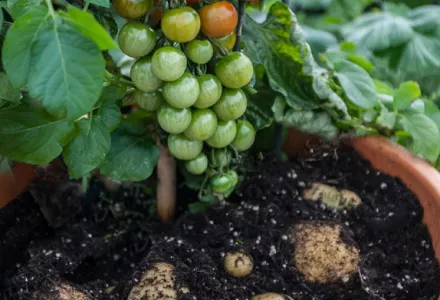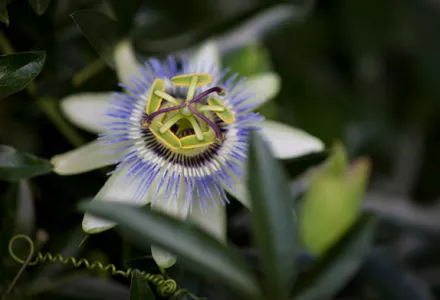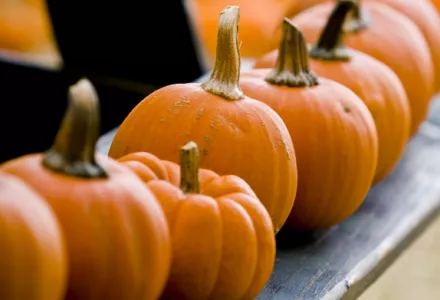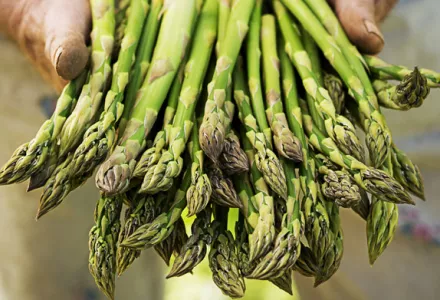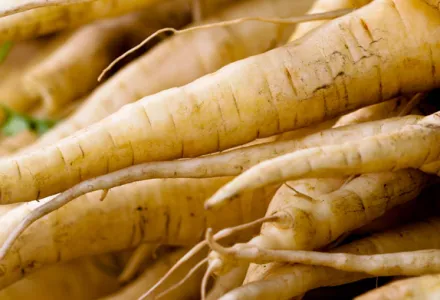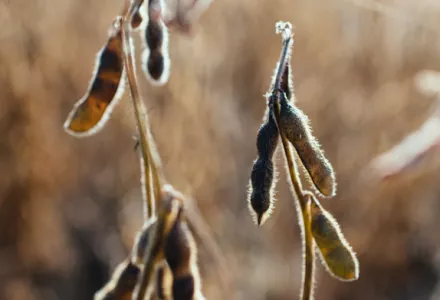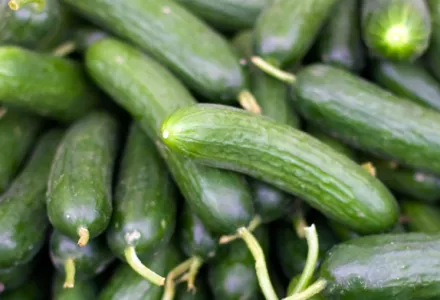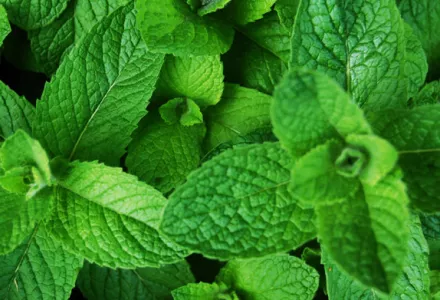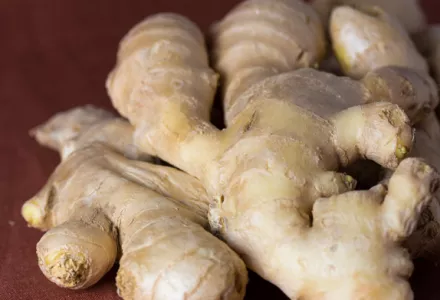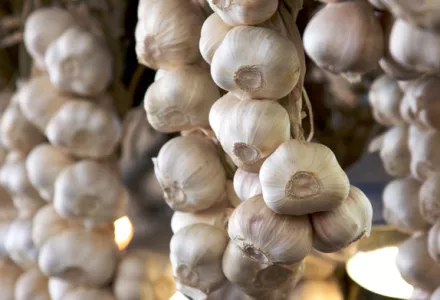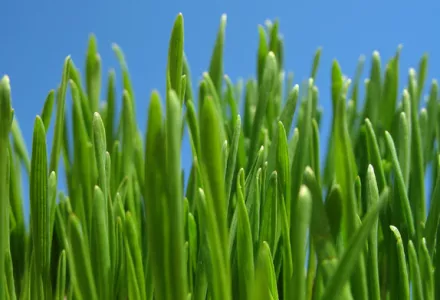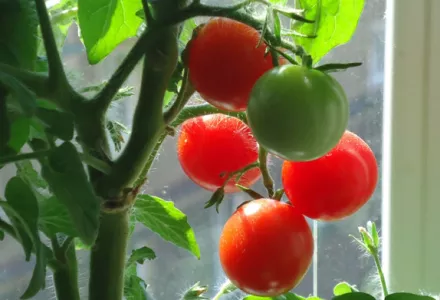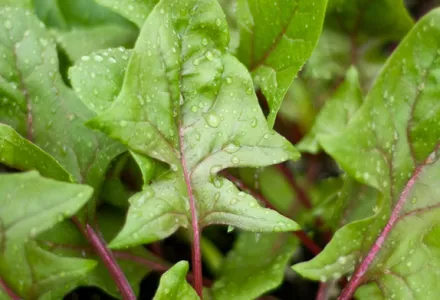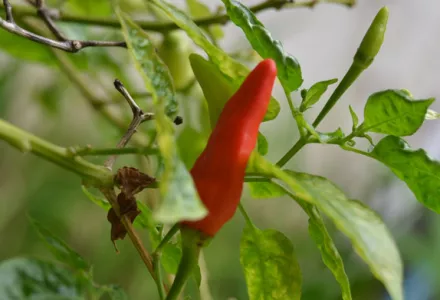Eeeeek!! …a leek!! That’s what the Saxons must have thought in 640 A.D. when a wild bunch of Welsh warriors wore leeks in their helmets during the battle between King Cadwallader of Wales and the Saxons. The Welsh won, and the leek became their mascot overnight. They even put it on their coins. But we just think leeks taste good.
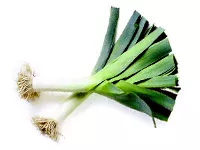
Welsh delight
The leek is an emblem of pride in Wales, and Welshmen still wear a leek to commemorate their national day, St. David’s Day on March 1st. But since the leek is such a delicious vegetable, they eat them too.
Leek broth or cawl is a traditional Welsh dish for St. David’s Day.
Leek like an Egyptian
But the Welsh are not the only ones to have a thing with Allium porrum, as the leek is known in scientific circles. There have been others too. After the children of Israel left Egypt, where services were sometimes paid for in leeks, the vegetable was one of the foods mentioned in the book of Numbers in the Bible as being greatly missed. In Hebrew it is called karti, which is a pun on another Hebrew word yikartu, meaning ‘to be cut off’. Thus, the Jews eat leeks at Rosh Hashanah, the Jewish New Year, to symbolise a wish for their enemies to be ‘cut off’.
Allium porrum – Poor man's asparagus
Allium porrum is a member of the onion family, but its flavour is much more refined, subtle, and sweet than the standard onion. Thought to be native to the Mediterranean area and Asia, leeks have been cultivated for over 3,000 years and have long been popular in Europe, although they have had a reputation as a poor man’s food.
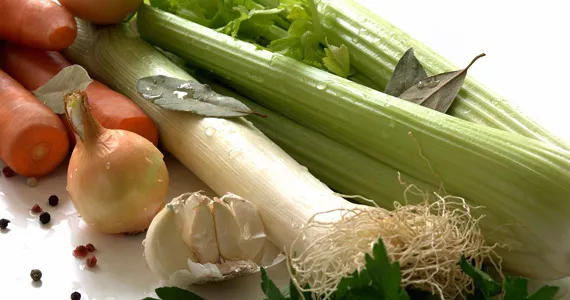
European chefs call leeks ‘poor man's asparagus.’ Asparagus is actually a very distant relative of the leek, once residing in the same Lily family as onions, but is now belonging to a distant branch of the Asparagaceae family. In France, the leek is known as poireau, which interestingly enough is also a derogatory term meaning ‘simpleton’.
The soldier of health
If you read up on the health benefits of the leek, you will realise that you are definitely not a simpleton if you eat this delicious vegetable. The particular combination of nutrients in leeks is very helpful in steadying an elevated blood sugar level. These include vitamin C, vitamin B6, foliate, iron and manganese. These nutrients do not slow down the absorption of sugars from the intestinal tract, but lower sugar levels simply by ensuring that the sugars are properly metabolised in the body.
A regular intake of leeks has been associated with a rise in the HDL (High Density Lipoprotein or ‘good’ cholesterol) levels and a corresponding decrease in the LDL or Low Cholesterol Lipoprotein levels. Maintaining this balance in the body is essential because it helps prevent both the onset and the progression of fatty deposits in the blood vessels in the body. It is these fatty deposits that lead to diabetic heart disease in humans, and they can even result in a heart attack or stroke. A regular intake of Allium vegetables like leeks also bring down high blood pressure levels, another major factor in the occurrence of strokes and heart attacks.
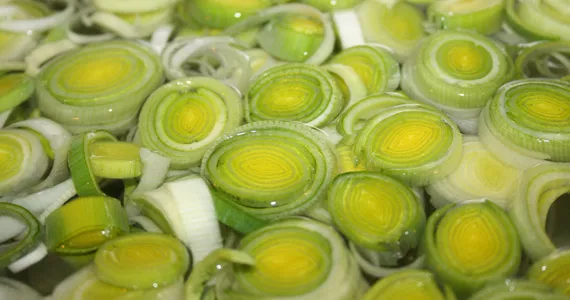
Leeks are known to promote good health in other ways. Consuming the vegetable has been shown to considerably reduce the risk of colon and prostate cancer. Studies have shown that the vegetable helps to prevent ovarian cancer in females. A good source of dietary fibre, leeks energise the human body to perform many types of biological functions like digestion and metabolism.
How to plant your leeks
The easiest method is to sow the seed directly into the soil between March and April. Alternatively, you could cheat and buy ready-grown seedlings – many nurseries offer a good range. By choosing the variety carefully, you could have a plentiful harvest of leeks from mid-summer until the following spring. These are the varieties you could try: Musselburgh - a winter hardy with white stems, which you can pick from December to April. Monstruoso de Carentan – a French heritage leek with short stems that can be harvested from October to January. Pandora – with slightly blue leaves and long white stems which crops between September and January.
In your vegetable patch, seeds are best sown in rows, 12 inches apart. Mark a straight line and use the corner of a rake to make a shallow groove in the soil, about 0.4 inch deep. Sow the seeds thinly along the trench, cover with soil, water and label them. When the seedlings have three leaves each, about four to five weeks later, thin the leaved plants every 6 inches. The seedlings you remove could be used to plug gaps elsewhere.
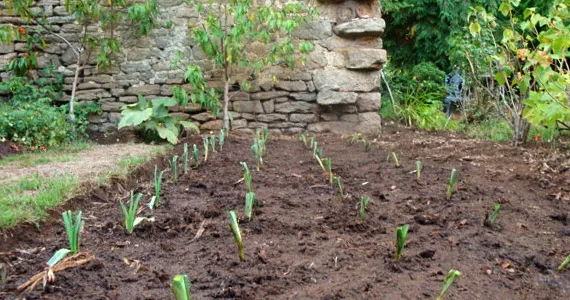
Alternatively, buy ready-grown plants. They will arrive as young seedlings during May and June, ready to plant out straight away. To do this, make a hole with a dibble, 8 inches deep, and drop a seedling into each. Using a watering can, fill the hole with water and allow it to soak away. This will draw enough soil over the plant to cover the roots and produce wonderful blanched stems as the leek grows. Keep plants well watered, especially during dry spells. Mulch will help to retain moisture over the summer. Harvest from summer onwards. Harvest leeks by lifting carefully with a fork, being careful to avoid damaging neighbouring crops.
Tips
- People with untreated or existing kidney and gall bladder problems should avoid the consumption of leeks on a regular basis. This is because the vegetable contains significant levels of oxalates, which, when they become too concentrated in the human body, crystallise and create health problems.
- In their second year, each leek has a wonderful spherical flower, which could easily qualify as an ornamental specimen. The flower produces hundreds of seed pods. These you can use to grow more leeks!
Grow it yourself
So a nice patch of leeks in your (urban) garden would certainly be a pleasant addition for your green fingers to care for. Choose a sunny, sheltered site with well-drained soil. Because they will sit in the soil for a long time, they are an ideal crop for food production, although many have fantastic foliage that also makes them an attractive vegetable to grow in flower borders.
If possible, prepare the soil for planting in the winter. Till the site well, removing weeds and working in plenty of good composted manure to improve its ability to retain water. Leeks can be planted in heavy soil, but you can improve drainage by mixing in some horticultural sand. This is a hungry crop, so spread a general all-round fertiliser over the soil a week or so before sowing and rake in. A rate of 2oz per square meter is ideal.
Lovely leek soup
It’s light and lovely this leek soup. Lots of people blend the vegetables after cooking but the texture of soft leek is so delicious that in our humble opinion, this is a bit of a waste.
You will need:
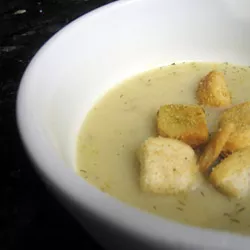
- 2 shallots, diced
- 2 cloves garlic, diced
- Bit of butter
- A dash of olive oil
- 2 medium-sized leeks
- 1 large carrot
- Some dried oregano
- 2 bay leafs
- 1 litre vegetable stock
How to cook?
Heat your pot and add the oil and butter. Let the butter foam. Add your garlic and diced shallots and cook them until they have a bit of colour. Add the leeks and sliced carrot and stir. Add the oregano and bay leafs then cook for 10 minutes on a medium heat slightly covered. Add the stock but do not cover the leeks, bring to the boil and allow to simmer for 10-15 minutes until the leeks are soft and delicious. Add the rest of the stock and simmer for 7 min. Can we come for lunch?

